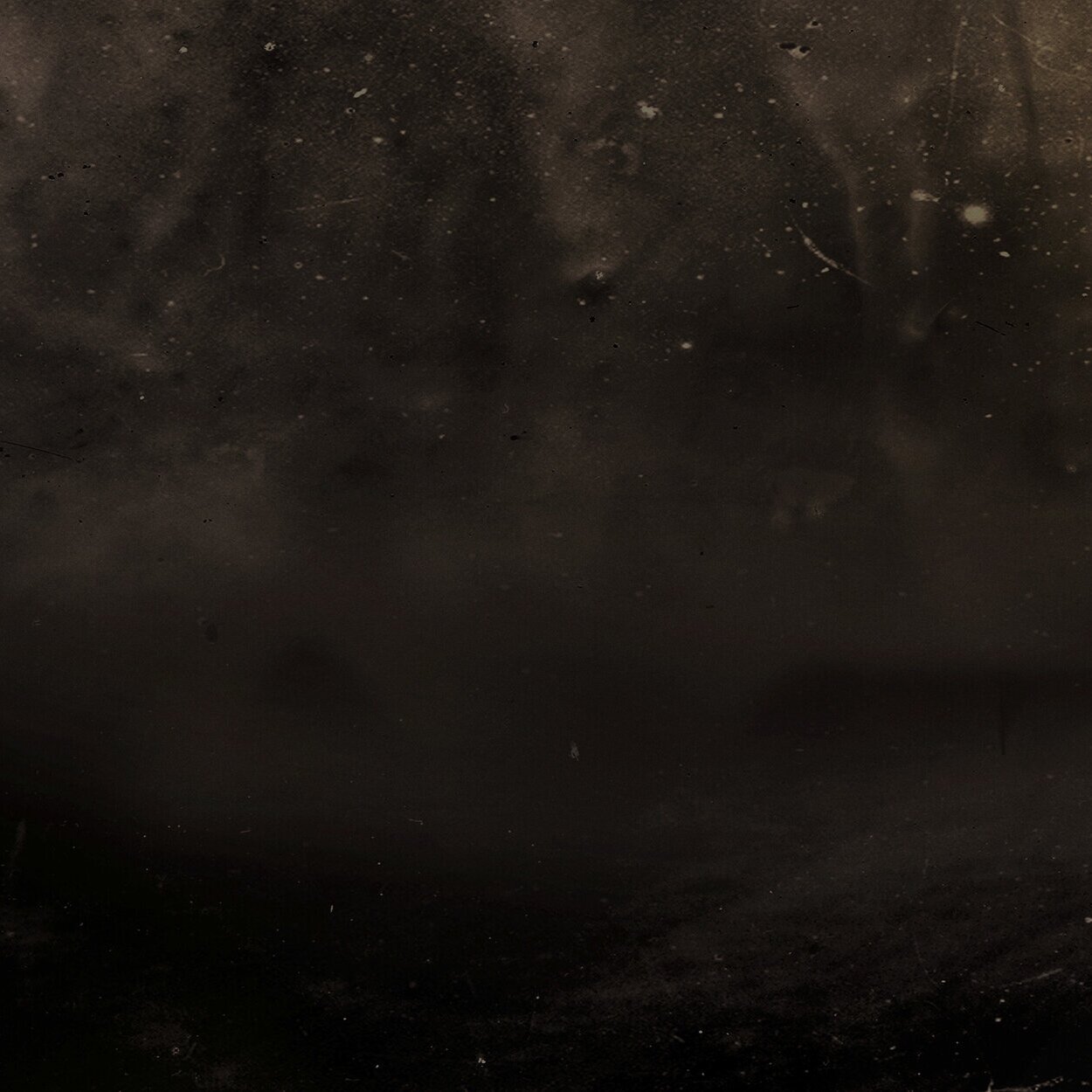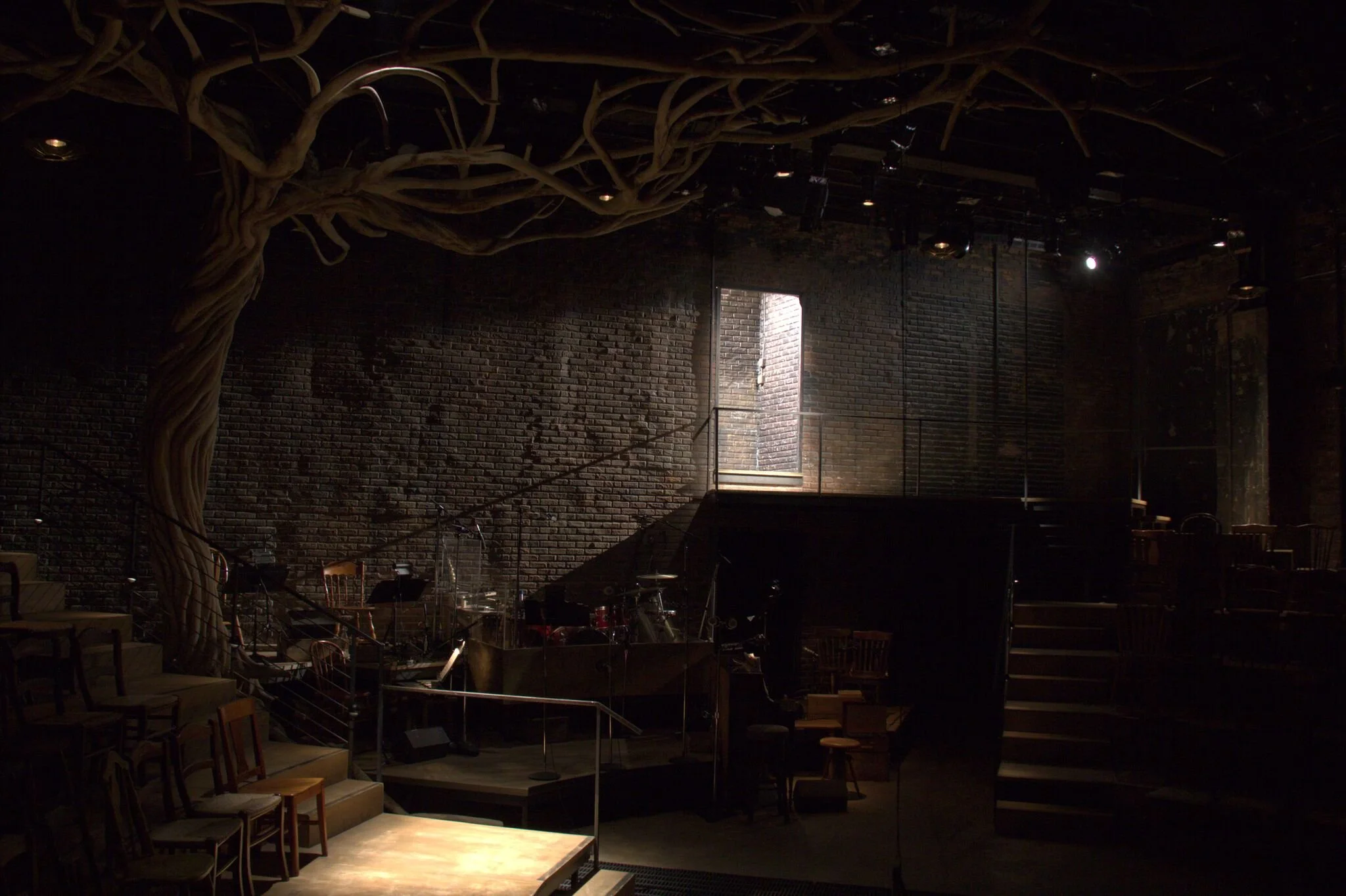
Live Theatre
(includes NYC DOE Theater Blueprint Standards)
This module looks at HADESTOWN through the lens of theater-making. It is designed to familiarize learners with how productions like HADESTOWN go from an idea to a full-scale, Broadway production. It includes links to interviews with the cast and creative team of HADESTOWN, and media that offers learners an opportunity to learn about the unique jobs required to make stories come alive onstage.
The corresponding lesson plan asks students to take a closer look at the choices made by the HADESTOWN creative team before bringing their own ideas to life through writing, directing, designing and acting out their own stories.
A show like Hadestown only takes a few hours to watch, but one performance represents only a fraction of the work it took to make. Productions like Hadestown are massive undertakings. Not only do they require funding for big budgets, but they also require the collaboration of hundreds of artists including writers, directors, designers, technicians, an entire orchestra and a whole cast of performers, a team of producers…
Hadestown took 13 years to make and it started with a fragment of a poem. If you have a fragment of a poem inside of you, we hope the resources in this module will help you bring it alive!
A Fragment of a Song…
The process of making live theatre
Anais Mitchell has said the Hadestown developed from a fragment of a song that came into her head on a road-trip. Almost fifteen years later, that fragment of a song has become a Tony award-winning musical, which features the work of literally hundreds of artists.
How does a fragment of a song turn into a Broadway musical? See below for a general overview of how theatre is made but remember, there are unlimited ways to make a piece of art. Your process might involve different steps or have a different order. This is just one example of how an idea for a song grew into a fully-realized production like Hadestown.

It is rare for a show like Hadestown to go directly to Broadway. This is because they cost a lot of money to make! Only a handful of plays are selected by producers each year. Before “moving to Broadway,” plays like Hadestown will often be produced at smaller theatres, where the production can be developed and funds can be raised. You can read details about the particular journey of Hadestown HERE.

Writers
A writer what story is told, and what words will be used to tell it. Plays, musicals, movie and television shows may be written by one person or an entire team of writers. Writers are responsible for making sure the story is both clear and interesting for their audience.
Writers for theatre, or playwrights, typically write their plays alone. In the case of musicals, which are stories told through and driven by song, a playwright may collaborate with a composer who writes the music.
Meet the Hadestown Composer and Playwright: Anais Mitchell
While many musicals are written by teams of writers, Mitchell wrote the script, lyrics and music for Hadestown. This is a huge undertaking that required many drafts of the script for each stage of production.
Read about ANAÏS MITCHELL and her road to HADESTOWN live onstage
Take a DEEP DIVE into Theatre WRITING
Directors
A director serves as the team leader for a creative process. They make decisions that guide the work of designers and performers, and are responsible for communicating how a production should look and feel. Directors approve final designs and cast the actors; they work with both the creative team and theatre management to make sure the show will be ready in time for opening night. Directors set the schedule for each day of rehearsal and when challenges arise, they are expected to lead the creative problem-solving and make executive decisions. Ultimately, a director is responsible for making sure a production looks good and runs smoothly.
Meet the Hadestown Music Director/Choreographer:
While the director is typically the key leader on any production, there are many leaders in a production process. For example, the music director makes key decisions about how the music is sung and rehearsed, just as the choreographer designs and teaches the dance sequences and movements.
Watch Q & A with HADESTOWN Choreographer David Neumann
Take a DEEP DIVE into Theatre DIRECTING
Designers and Technicians
Designers and Technicians represent an incredibly important piece of the creative process. The magic you watch onstage is made possible by dozens of people backstage who are responsible for moving set pieces, “calling cues,” and helping the actors change costume.
Members of the design team work with the director to make decisions about how a show should look, sound, and ‘feel.’ Designers create renderings, which are drawings or instructions for how to build the sets and costumes, but it is technicians that are responsible for turning the ideas of a designer into reality. Technicians are also an important part of backstage process: there is a whole team of people who ensure that the show runs smoothly each night.
Meet the Stage Management Team:
Have you ever noticed the way lights onstage change at exactly the right moment in every song? Or wondered how the actors know when to come onstage? There is one person responsible for making sure that everything backstage, or behind-the-scenes area, flows smoothly and that all the elements come together in exactly the right way. That person is the stage manager. During a performance, the stage manager “calls” the show. Calling a Show means telling technicians like sound and light board operators when to move to the next cue, or moment of lighting/sound in the production. Watch this clip of Tyler Mount, backstage at Natasha, Pierre & the Great Comet of 1812, where he will take you through some of the things a stage manager does backstage. Fun fact? Rachel Chavkin, the director of Hadestown, also directed Natasha, Pierre & the Great Comet of 1812
Read about HADESTOWN costumes with Designer Michael Krass
Take a DEEP DIVE into Theatre DESIGN
Performers
The most visible contributions to a production are usually made by the performers. They are the artists responsible for bringing the words and story alive onstage. Performers train extensively to learning how to control their voices and their movement for plays that are performed outdoors and musicals that are performed inside huge theatres. They may audition, usually by performing a scene, monologue or song for the director. An actor will audition for many productions before being cast in a role.
Meet a Swing/Understudy:
Actors on tour will typically perform eight times every week for months or even years! What happens when an actor loses their voice, injures themselves, or needs to attend a wedding? This is where swings and understudies come in! Understudies are often hired to learn both lead and ensemble tracks. The word “track” refers to everything an actor does in the course of show. This includes the lines they speak and their staging (movements and traffic patterns made by the performers), as well as the choreography and music. Sometimes an understudy knows they will be “going on” several weeks in advance, but they often only have a few hours to prepare. An understudy must always be ready.
Meet T. Oliver Reid, HADESTOWN Understudy and Dance Captain
Take a DEEPER DIVE into Performing
How it all comes TOGETHER…!
Now that you know about the various roles, you’ll find a series of short videos below. They all feature a behind the scenes look at the work of the Hadestown team, including the playwright, director, actors, designers and technicians who worked on the production. You can pick and choose the videos from above or below that best suit your learners or approach to the lesson plan but we do suggest choosing a few to watch together or assign as homework.








